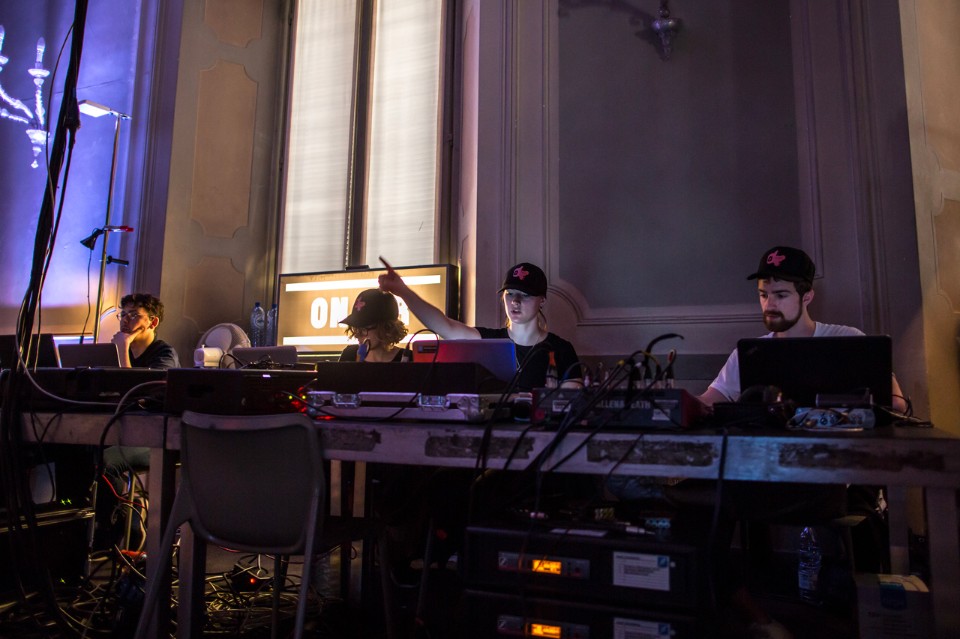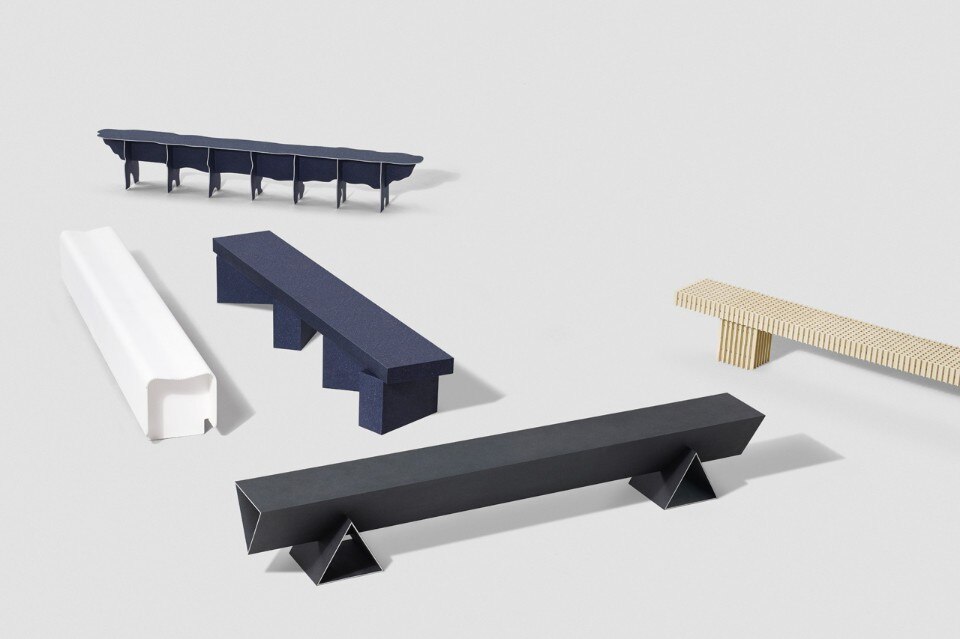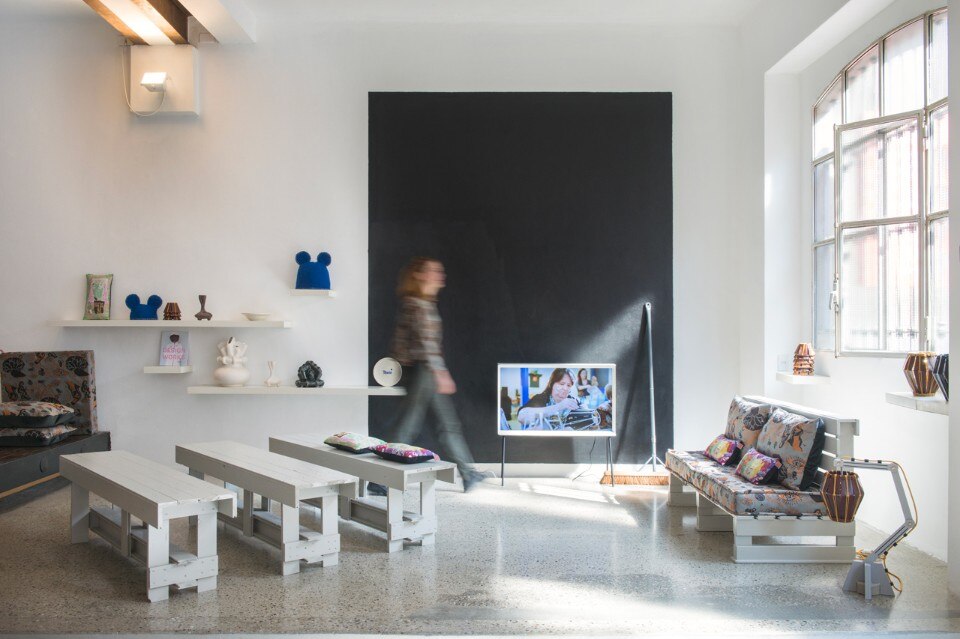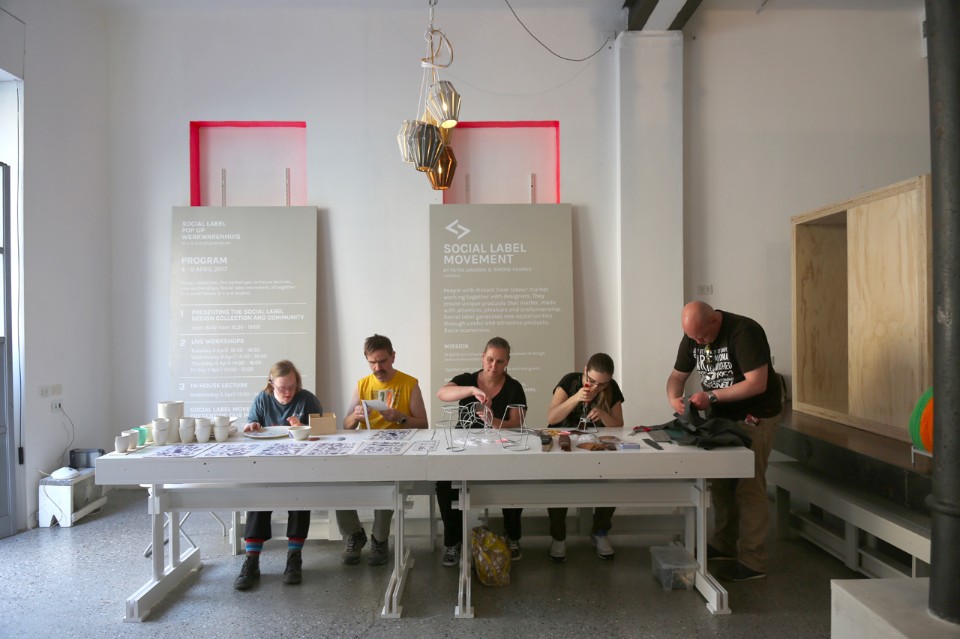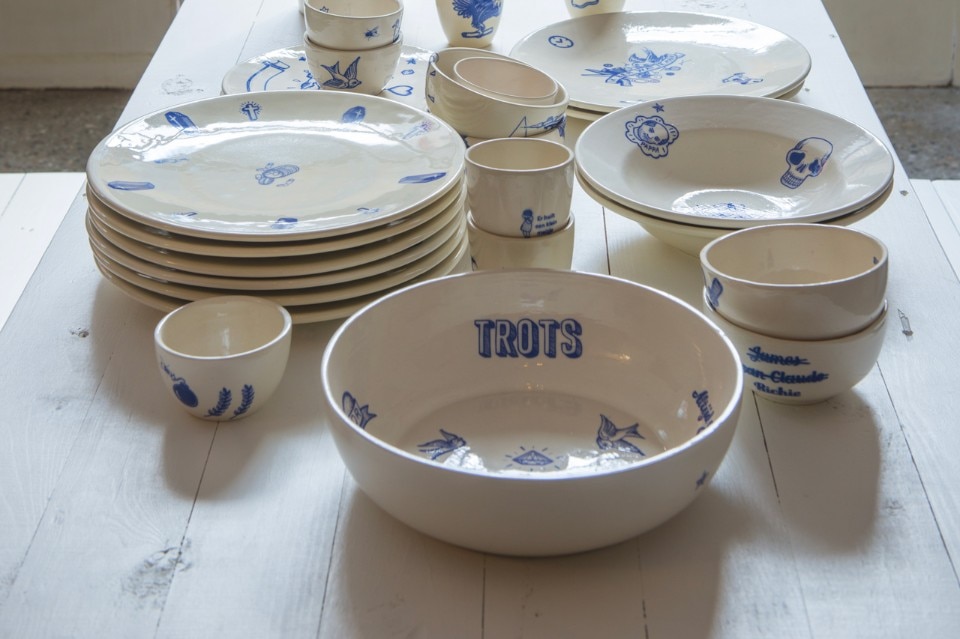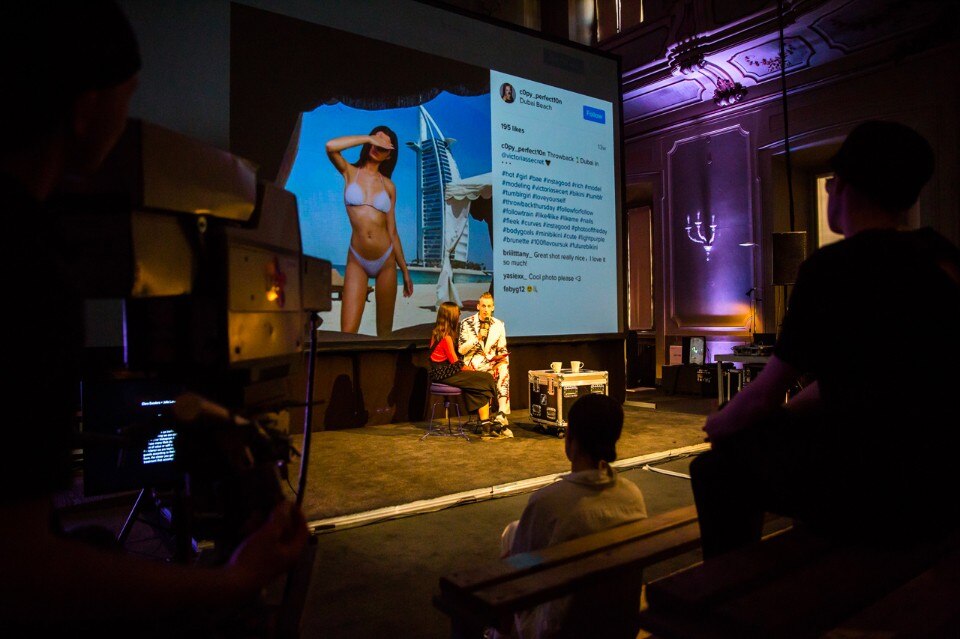
For the discipline of design, can the Salone del Mobile be this space? It takes little more than the promise of free gin, vermouth, and Campari to incite a riot at the annual trade fair, but this year, a handful of offsite presentations rose above the scrum to critically address design’s sometimes unsustainable and inequitable relationship with marketing-driven patterns of conspicuous consumption, while others began to propose solutions to these problems through new modes of production. Today, the stakes are just as high as ’68.
When populist polemics bleat out hourly from satellite cable news and statecraft is accordingly forged, critical reactions are required to reaffirm the broad slate of human and civil rights and environmental policy that a younger generation takes for granted. Design, of course, can’t solve for society’s ills, but designers possess the ability to stretch their imagination to offer more than just product. For many, the act of finding a critical voice is new, and in a commercial spectacle like Salone fueled by hundreds of thousands of dollars in sponsorships and collaborations from multi-national brands, these voices are often stifled. But they’re not entirely silent.
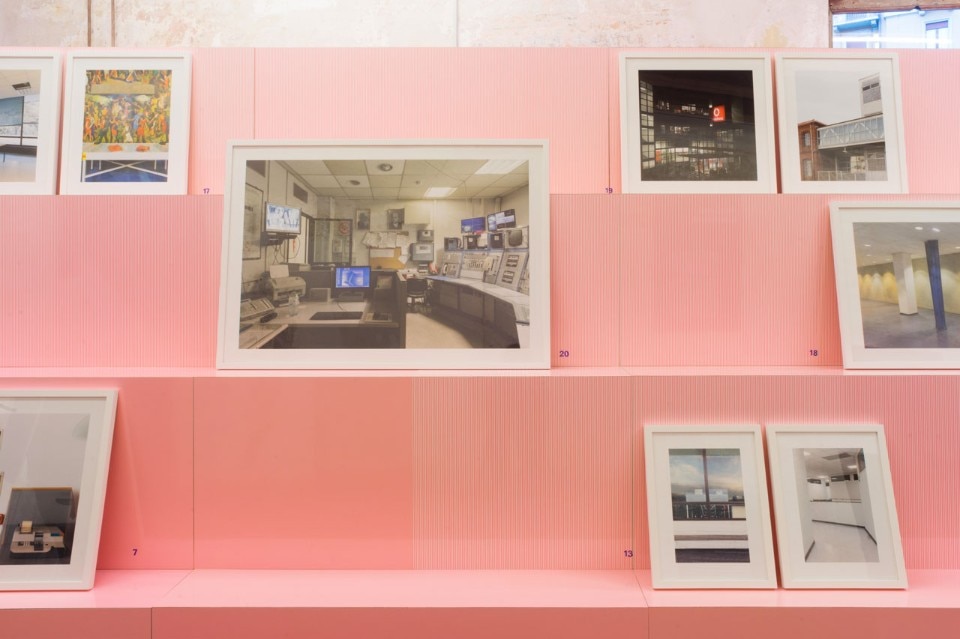
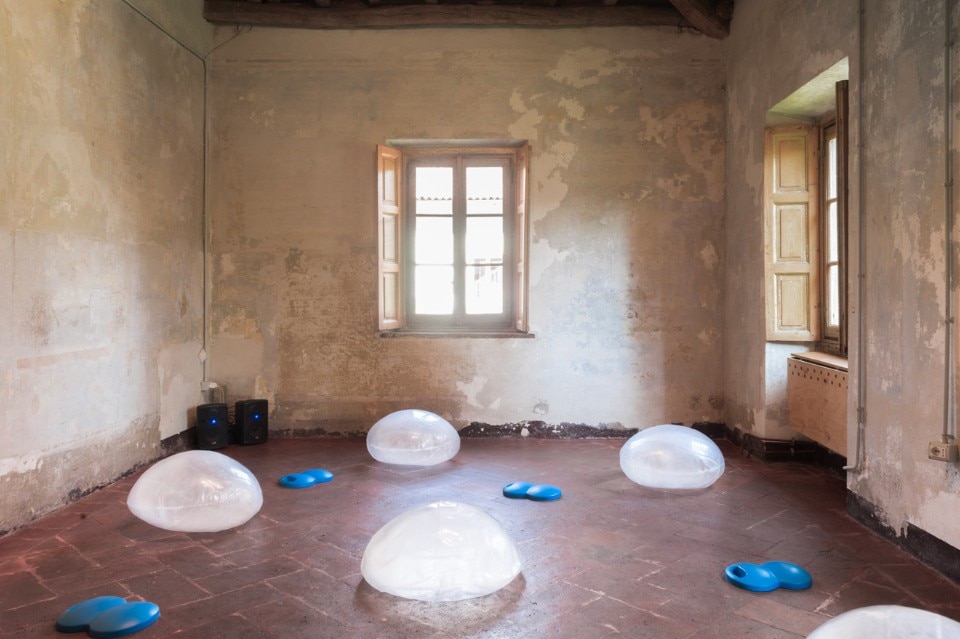
“But It Used to Be So Cool,” a collection of photographs, formed one half of the exhibition’s centerpiece. Photographer Louis De Belle shot the former Olivetti typewriter and telecommunications headquarters – a sprawling complex in Ivrea, Italy that used to include housing and social services for Olivetti workers in addition to administrative buildings and several manufacturing facilities. At the time, Olivetti’s operations were lauded as an example of how a corporation could serve its workers through good design. Their mission contrasted greatly to the likes of Fiat, whose ramshackle factory housing and poor working conditions in Turin incited workers to protest during Italy’s “Hot Autumn” of 1969 and ‘70. De Belle’s straightforward, forensic photographs of the Olivetti campus today show how certain design elements, like the company’s former sports and leisure complex designed in 1953 by Ignazio Gardella, serve as humble monuments to a more empathetic form of capitalism.



